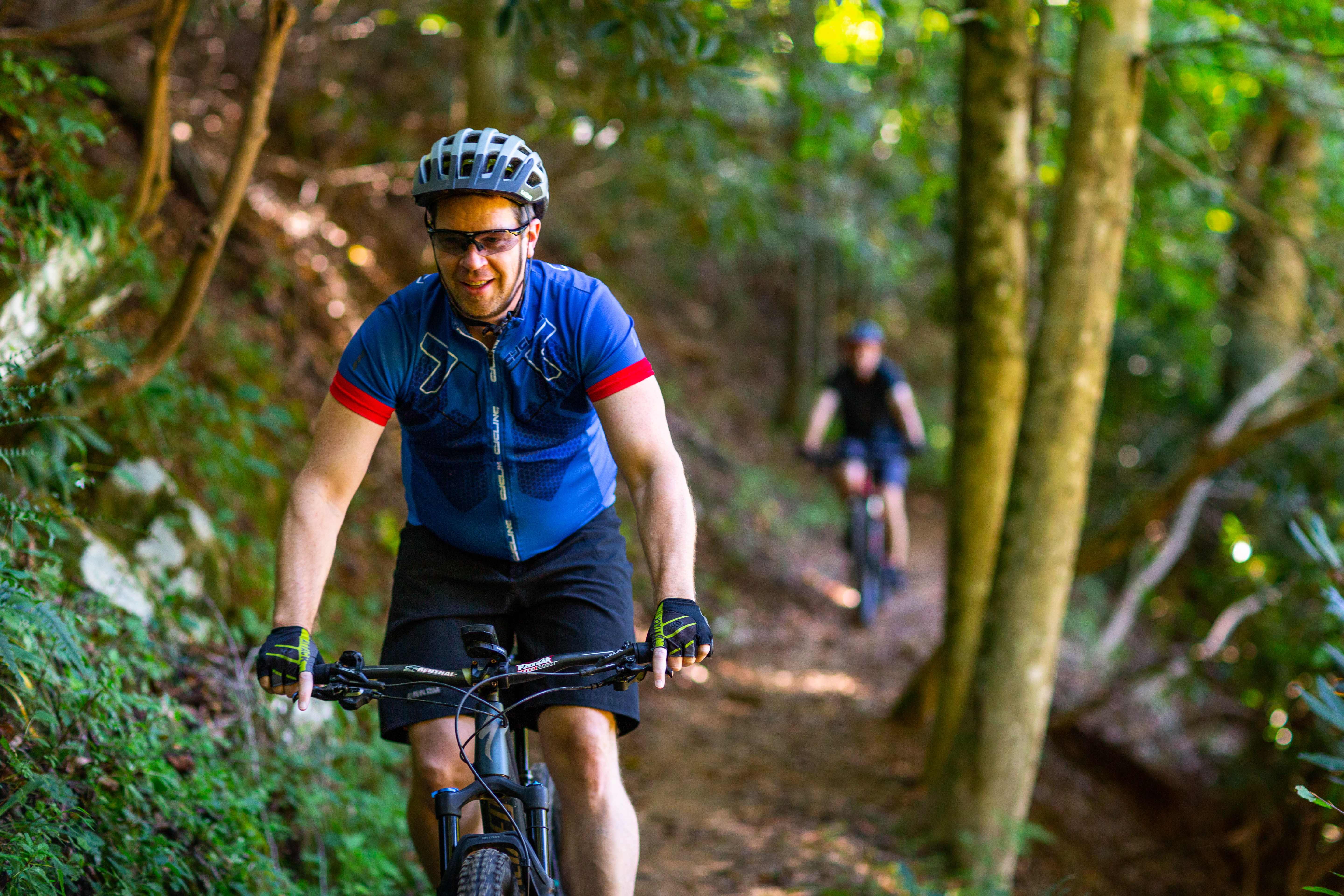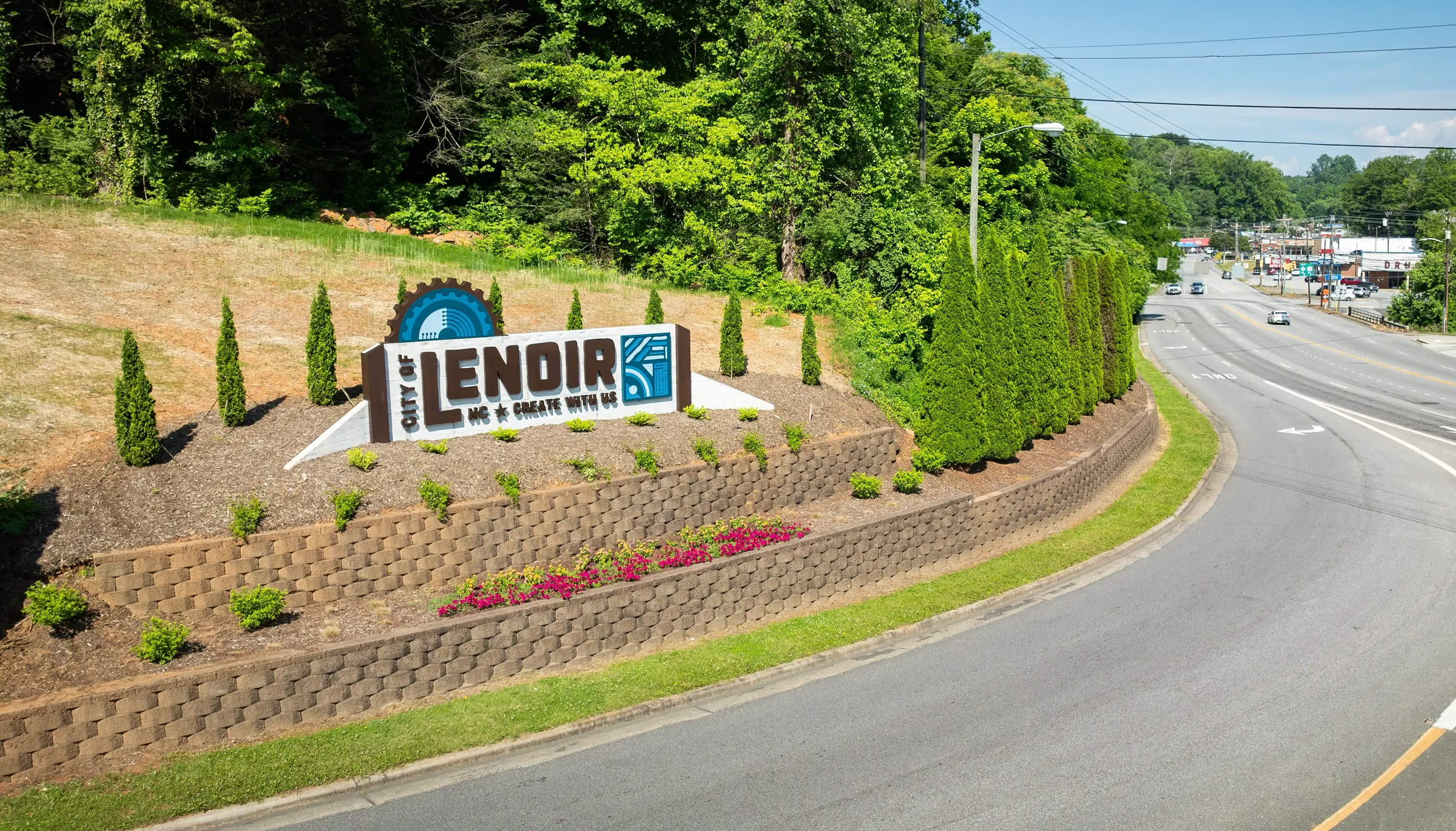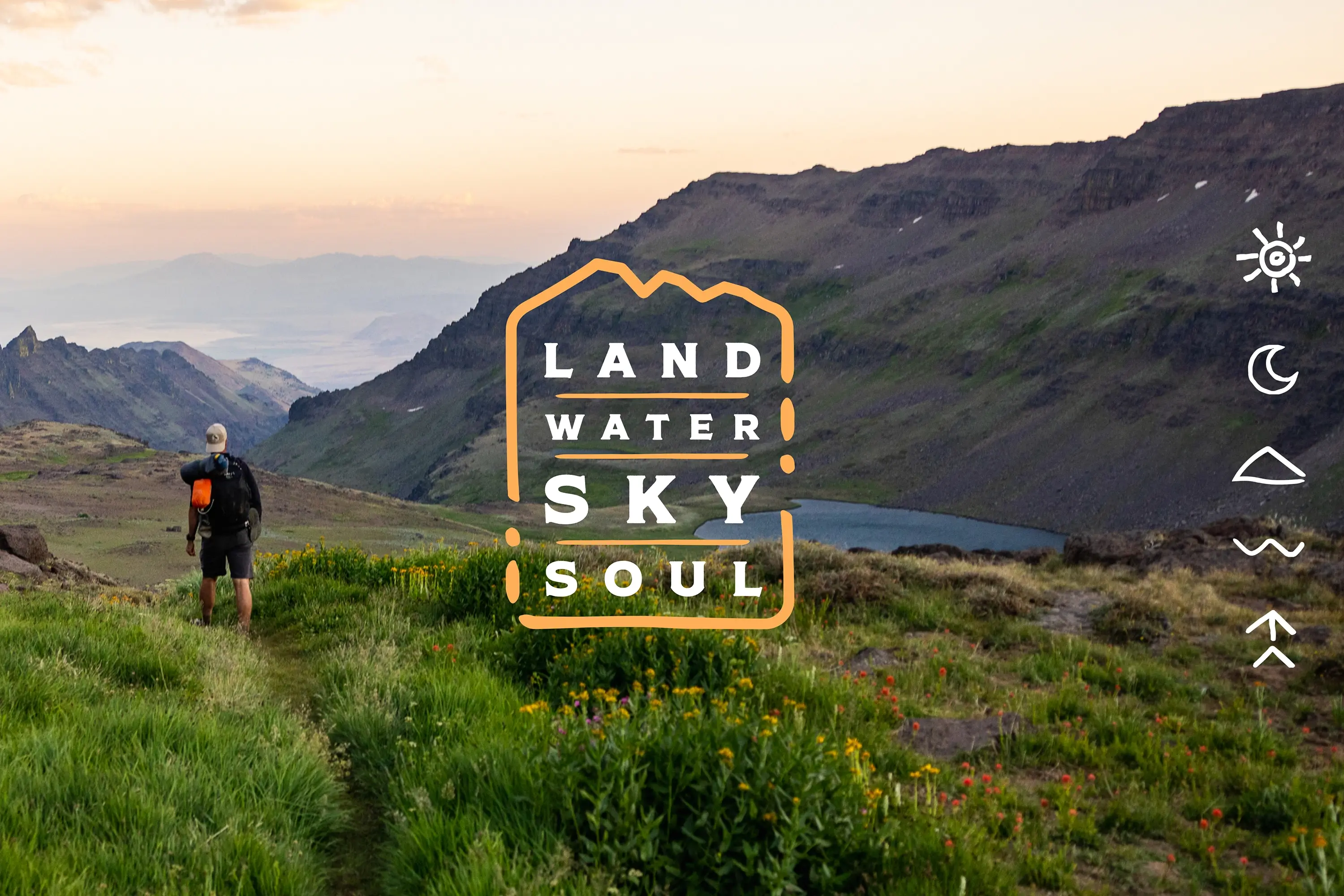
1.
Start with your dream, and make it a reality!
Who doesn’t have dream projects simmering in the back of their minds? It’s that small, quiet voice reminding us that our community needs a mountain bike park, or that the underutilized corner of the local park would make for a perfect nature trail or riverwalk. Consider this your call to action! Simply make the decision today to take your dream trails project and turn it into reality.

2.
Evaluate and analyze the need for new trails in your community.
Does your community have an actual need for the trail you want to build? There’s only one way to find out — get out there and talk to your friends, neighbors, and intended user-groups. You will still engage in a more formal community research phase later, but these initial conversations are essential to begin gathering support and ideas for your project.

3.
Find the perfect location (or just an idea for the perfect spot).
Maybe you already have a specific park in mind for your new trail, or maybe you simply believe that the vacant space beside the local High School would be perfect for a new greenway connector. Regardless, it’s time to envision exactly what’s on the wishlist for your new trail.

4.
Build your team!
Make a list of everyone you want involved with your project and how you can get them on-board. This will take lots of phone calls, emails, and conversations as you bring people together who can make your trail come to life, including community partners, funders, planning agencies, design firms, and contractors. Don’t forget influential community voices or leaders who have the ability to make or break your project.

5.
Engage your community.
First, have conversations with intended trail user-groups to see what kind of trail experience they desire: paved greenway vs. natural surface trail, multi-purpose, or dedicated hiking or mountain biking, equestrian, family-friendly, or advanced & technical? Next, engage in some formal research with the broader community. Online surveys, local news articles, social media networking and/or community pages, and public meetings are all great ways to encourage feedback and comments. Building new trails should not be done in a vacuum, it takes input and feedback from the entire community.

6.
Bring large stakeholders on-board
Organizations who understand the benefit of your project and who are invested in the outcomes it will bring (such as public health & wellness, tourism, attracting new businesses and residents to your town) will be critical partners as you move forward. Think about large employers in your community who care about increasing quality of life as they seek to recruit talent for their businesses.

7.
Make that money, honey!
Fundraise via grants, community events, and/or direct investment by well-endowed stakeholders. Emphasize the importance of community buy-in and solicit both small donations from individuals and larger contributions from local businesses, foundations, and granting organizations. Consider what your donors might appreciate in return for their support, such as recognition or opportunities for naming rights.
8.
Implement the plan. Document the process.
Break ground and watch your project begin to come to life. To build ownership, pride and excitement for your new trail, keep your community up to date every step of the way by taking photos and videos frequently. Create a social media presence and share as many updates as possible.

9.
Create a brand and marketing strategy for your new trail (or task someone to do it for you).
A strong communications strategy is necessary to create excitement and recognition for your new trail project. Whether you’re adding onto your current marketing plan or starting from scratch, make sure everyone knows just how amazing your new trail is and will be! Focus on sharing stories of real people who enjoy this new community resource.
10.
Celebrate and make a big splash!
Host a ribbon cutting and community event to celebrate the hard work and to show off your new trail. Invite all of your stakeholders, open it up to the community, and publicize the event to local media in hopes of gaining additional press coverage.




